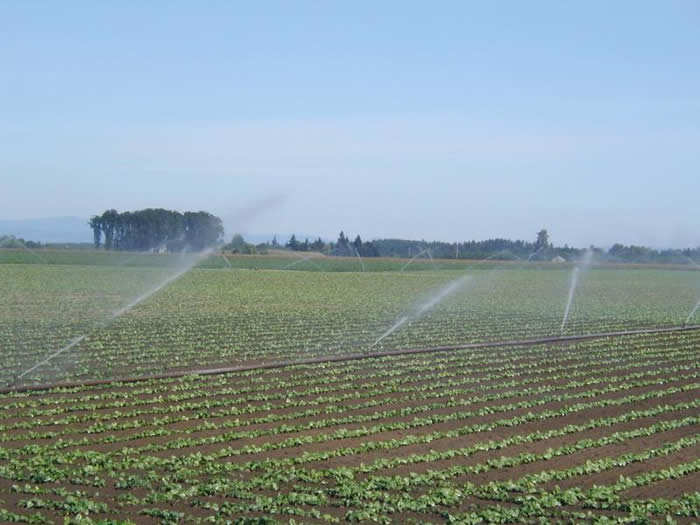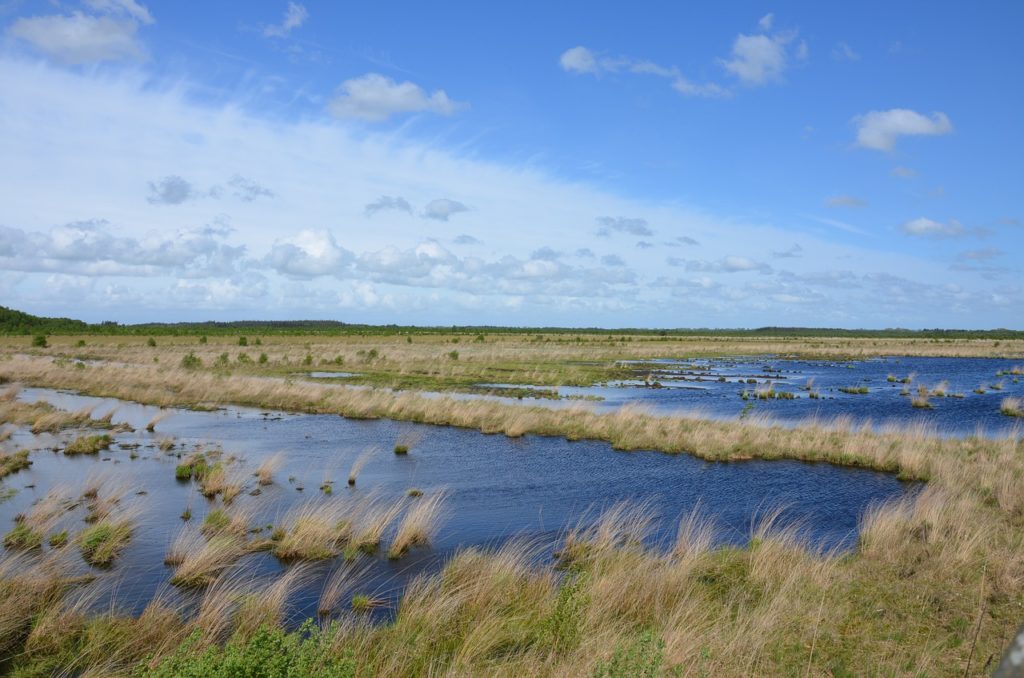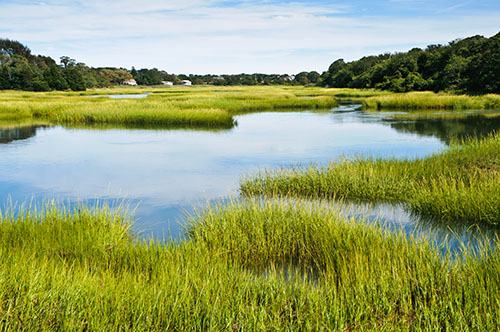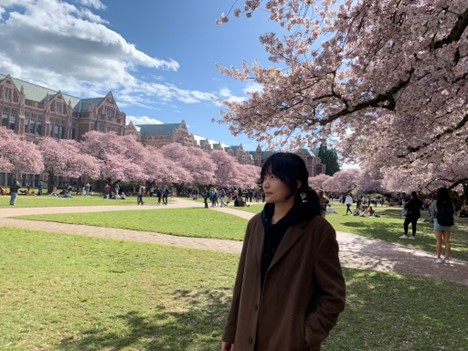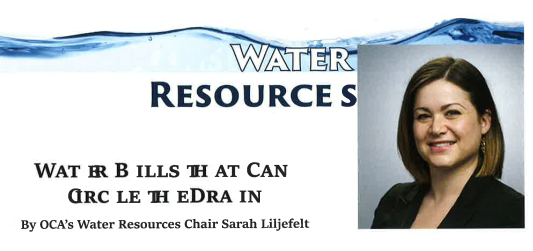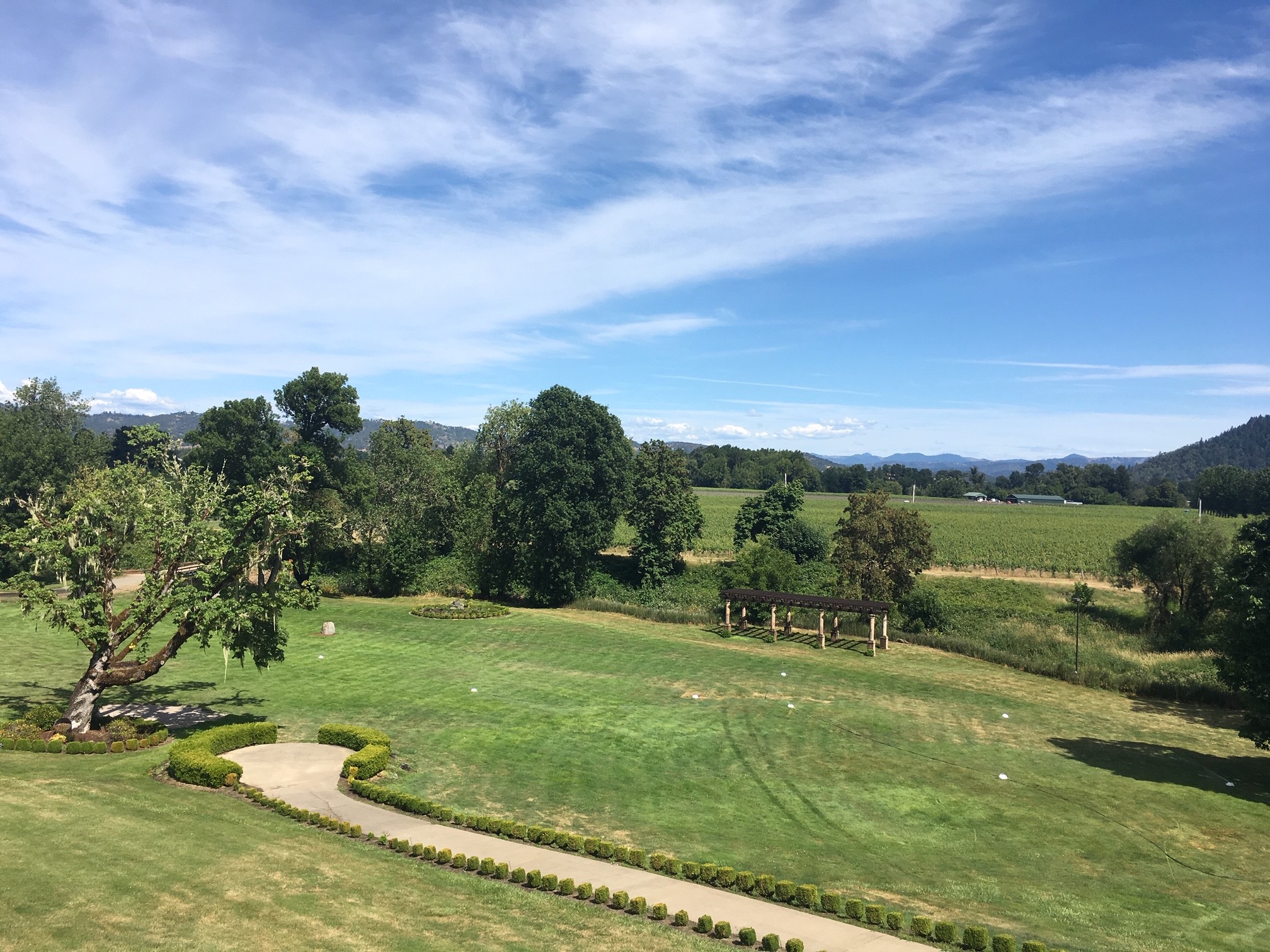[This article was originally published in the February, 2022 Oregon Real Estate and Land Use Digest by the Section on Real Estate and Land Use, Oregon State Bar]
In Oregon, water rights must be beneficially used according to their terms at least once every five years to remain in good standing. If they are not, water rights are subject to cancellation for forfeiture. ORS 540.610. Thus, Oregon’s forfeiture statute enacts the “use it or lose it” principle that is common in Prior Appropriation water system states. Water right holders must use their water rights or risk cancellation.
In the late 1980s, the Oregon State Legislature recognized instream beneficial uses for water, allowing the State to hold or lease water rights for instream purposes such as recreation, navigation, pollution abatement, and fish and wildlife. Under ORS 537.348, water right holders may temporarily lease water rights to the State for instream purposes for up to five years, renewing such instream leases thereafter. The statute provides that water rights leased instream are “considered a beneficial use.” ORS 537.348(2). As such, the forfeiture provisions of ORS 540.610 are not triggered during the period a water right holder leases their water right instream. Many water right holders use the instream lease program to safeguard their water rights in times when such water rights might not otherwise be used once every five years. The instream lease program serves dual purposes of providing instream flows while protecting private property interests in water use.
WaterWatch of Oregon v. Water Resources Department, 369 Or 71 (2021), questioned whether a hydroelectric water right could be leased instream and thereafter, once the lease(s) expired, be used again for hydroelectric or other beneficial uses of water. At issue in this case is a hydroelectric water right held by Warm Springs Hydro, LLC (“Warm Springs”). In 1995, Warm Springs’ predecessor shut down the associated hydroelectric project and began a series of instream leases from 1995 to 2020. WaterWatch of Oregon (“WaterWatch”) petitioned for judicial review of the Oregon Water Resources Department’s (“OWRD’s”) final order approving the 2015-2020 instream lease, and Warm Springs intervened.
In addition to the forfeiture provisions that are applicable to all water rights, ORS 543A.305 (enacted in 1997) applies specifically to hydroelectric water rights. The statute provides:
Five years after the use of water under a hydroelectric water right ceases, or upon expiration of a hydroelectric water right not otherwise extended or reauthorized, or at any time earlier with the written consent of the holder of the hydroelectric water right, up to the full amount of the water right associated with the hydroelectric project shall be converted to an in-stream water right, upon a finding by the Water Resources Director that the conversion will not result in injury to other existing water rights.
ORS 543A.305(3). Further, the statute specifies that the conversion to an instream water right “shall be maintained in perpetuity, in trust for the people of the State of Oregon.” ORS 543A.305(2).
Prior to this case, OWRD interpreted ORS 543A.305(3) similar to the forfeiture statute; that is, so long as a hydroelectric water right continues to be used for hydroelectric water use or another beneficial use under an instream lease, the hydroelectric water right is not subject to conversion to a permanent instream water right. WaterWatch challenged OWRD’s interpretation, arguing hydroelectric water rights are subject to conversion five years after the specific hydroelectric use of water ceases. The Marion County Circuit Court and the Oregon Court of Appeals both ruled in favor of OWRD and Warm Springs, but the Oregon Supreme Court reversed and remanded the decision on December 23, 2021.
The Oregon Supreme Court reviewed the text of the two statutes in conjunction with the context of the statutes and legislative history. The Court held “the use of water under a hydroelectric water right” means water use only for hydroelectric purposes as specified in the water right certificate, and does not include beneficial use under an instream lease. WaterWatch of Oregon, 369 Or at 88-89. The Court reasoned that once a hydroelectric water right is leased instream, the beneficial use is converted to another purpose other than hydroelectric water use. Id. at 91-94. The Court further held that “ceases” under the statute has an ordinary meaning, so Warm Springs’ water right was subject to conversion to an instream water right in the year 2000, five years after the hydroelectric project was shut down. Id. at 89-91.
The Oregon Supreme Court’s ruling will have significant impacts on hydroelectric water rights in the State. Most obviously, other hydroelectric water right holders in situations analogous to Warm Springs may face conversion of their hydroelectric water rights to permanent instream water rights. As such, property owners who believed they were appropriately safeguarding valuable water right holdings through instream leases may find themselves mistaken.
Another consequence of the Court’s decision is that instream leases over four years in length are essentially “off the table” for hydroelectric water rights. Hydroelectric water uses must resume within five years or risk conversion to permanent instream water rights. Thus, there is no incentive for hydroelectric water users to lease their water rights instream to avoid forfeiture, and, in the process, guarantee instream flows. Instead, the ruling incentivizes quick transfers to other, possibly more consumptive, water uses through the transfer process before the hydroelectric water right is converted to a permanent instream water right. ORS 543A.305(7).
Finally, conversion of appropriative water rights to instream water rights allows the State to enforce against upstream junior water users to ensure instream rights are satisfied. Conversion of large, early priority hydroelectric water rights to permanent instream purposes may have the outcome of increased regulation against other water right holders.
The original article is available in PDF format here.



